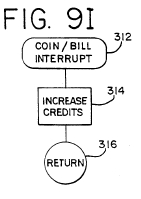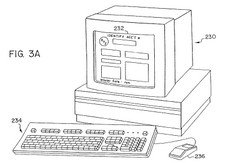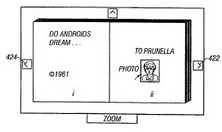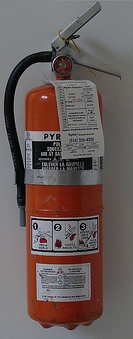Abbott v. Torpharm & Apotex (Fed. Cir. 2007)
Depakote is one of the most popular anti-seizure medications on the market. In an ANDA dispute, Apotex was ordered from commercially manufacturing, using, selling, or importing generic versions of the drug that would violate Abbott’s patents.
Apotex was found in contempt of court after the generic manufacturer guided another company (Nu-Pharm) through the process of filing an ANDA on an allegedly non-infringing form of the drug. Sitting by designation, Judge Richard Posner issued the contempt order after finding no difference between the new product and the old product.
Remember here — Apotex is not being held in contempt for actually making or selling the drug. Rather, the contempt stems from filing the Nu-Pharm ANDA — which is a form of infringement under 35 USC 271.
On appeal, Apotex argued that district courts have no jurisdiction to hold contempt proceedings when the accused action is filing an ANDA.
In its opinion, the CAFC agreed with the patent holder that ANDA filings are infringement. As a form of infringement, the district court has the power to issue injunctions to stop the infringement and to issue contempt orders for violations of any injunction.
In this case, however, the appellate panel found that Judge Posner’s contempt proceedings made an error in law — because the original injunction did not include an express order not to “infringe” or not to “file an ANDA”, Apotex could not be held in contempt for those actions. Furthermore, Apotex cannot be held in contempt for foreign manufacturing or sales.
Judge Dyk in dissent argues that the contempt proceeding was improper. Rather, Nu-Pharm should receive a full hearing in court to determine whether the new product is infringing.
DDC Notes on EBay: Although not discussed by the CAFC panel, I cannot see how an injunction against filing an ANDA would qualify for injunctive relief under eBay v. MercExchange. This is an important issue because it is unclear at this point whether eBay applies to ANDA injunctions issued under 271(e)(4)(B). Additionally, the CAFC failed to provide any analysis on whether an injunction against ANDA filings is permissible under that statute. (I would argue that it is not permissible).


 International Gamco v. Multimedia Games (
International Gamco v. Multimedia Games (
 Allvoice Computing v. Nuance Comm. (
Allvoice Computing v. Nuance Comm. ( EON-Net v. Flagstar Bancorp (Fed. Cir.
EON-Net v. Flagstar Bancorp (Fed. Cir.  Patent Attorney and Inventor
Patent Attorney and Inventor  Peer to Patent Press Release:
Peer to Patent Press Release:  Patent prosecution attorneys are dealing with dozens of fires started by the new PTO rules. This post deals only with the quickly approaching deadline of November 1, 2007 when the new rules become effective. The following tips come from practicing patent attorneys dealing who suggest potential actions to be taken prior to November 1, 2007 for currently pending applications.
Patent prosecution attorneys are dealing with dozens of fires started by the new PTO rules. This post deals only with the quickly approaching deadline of November 1, 2007 when the new rules become effective. The following tips come from practicing patent attorneys dealing who suggest potential actions to be taken prior to November 1, 2007 for currently pending applications.